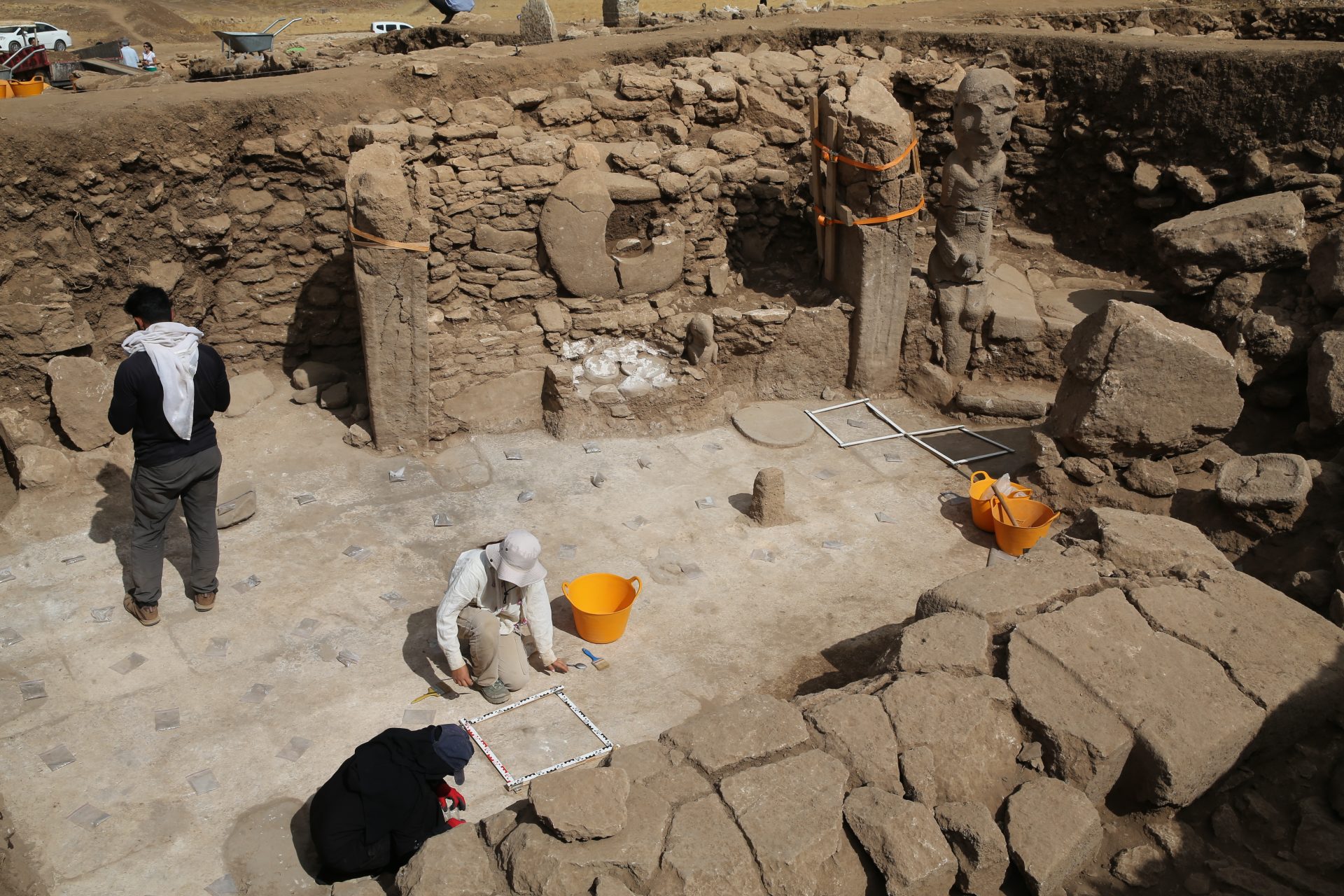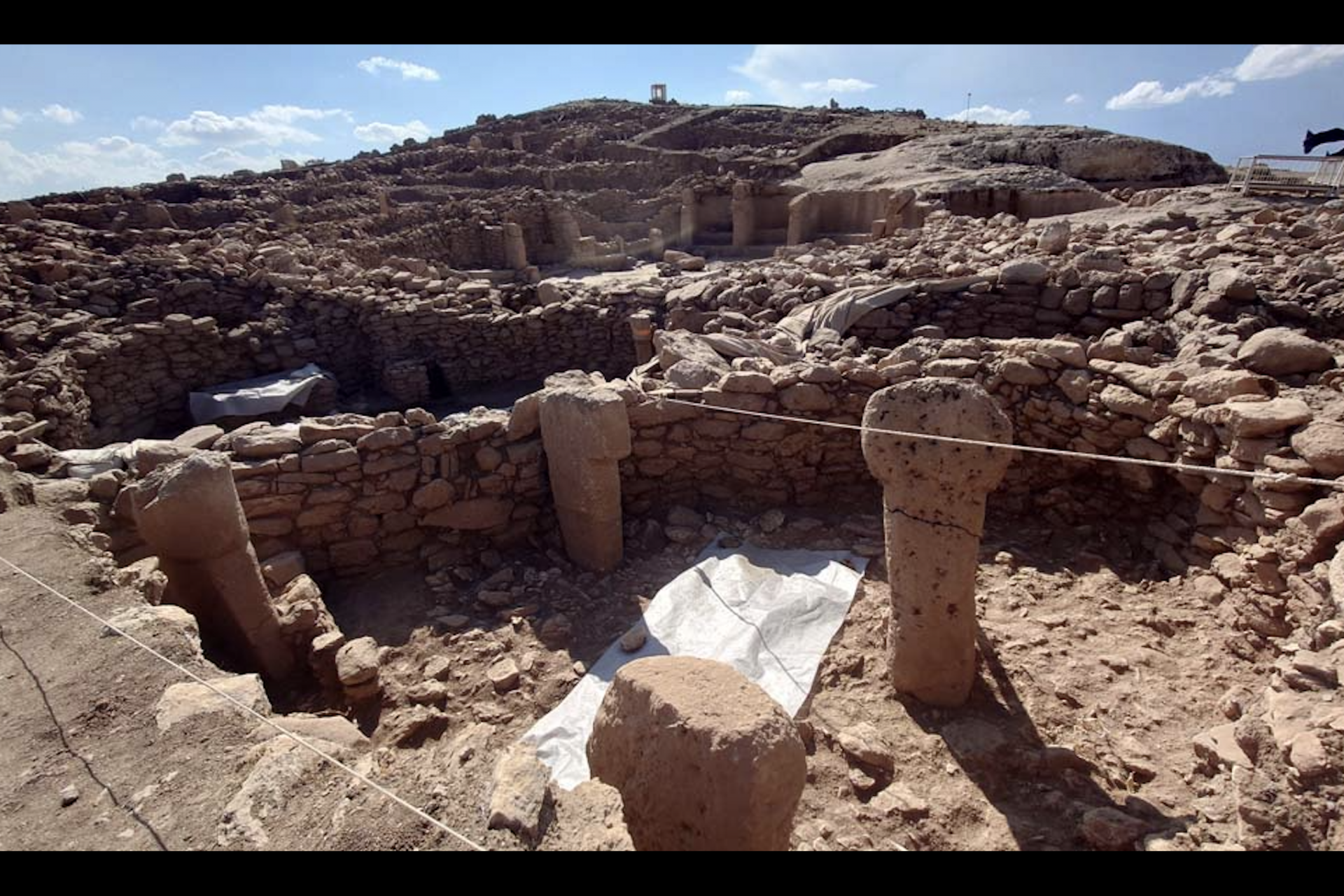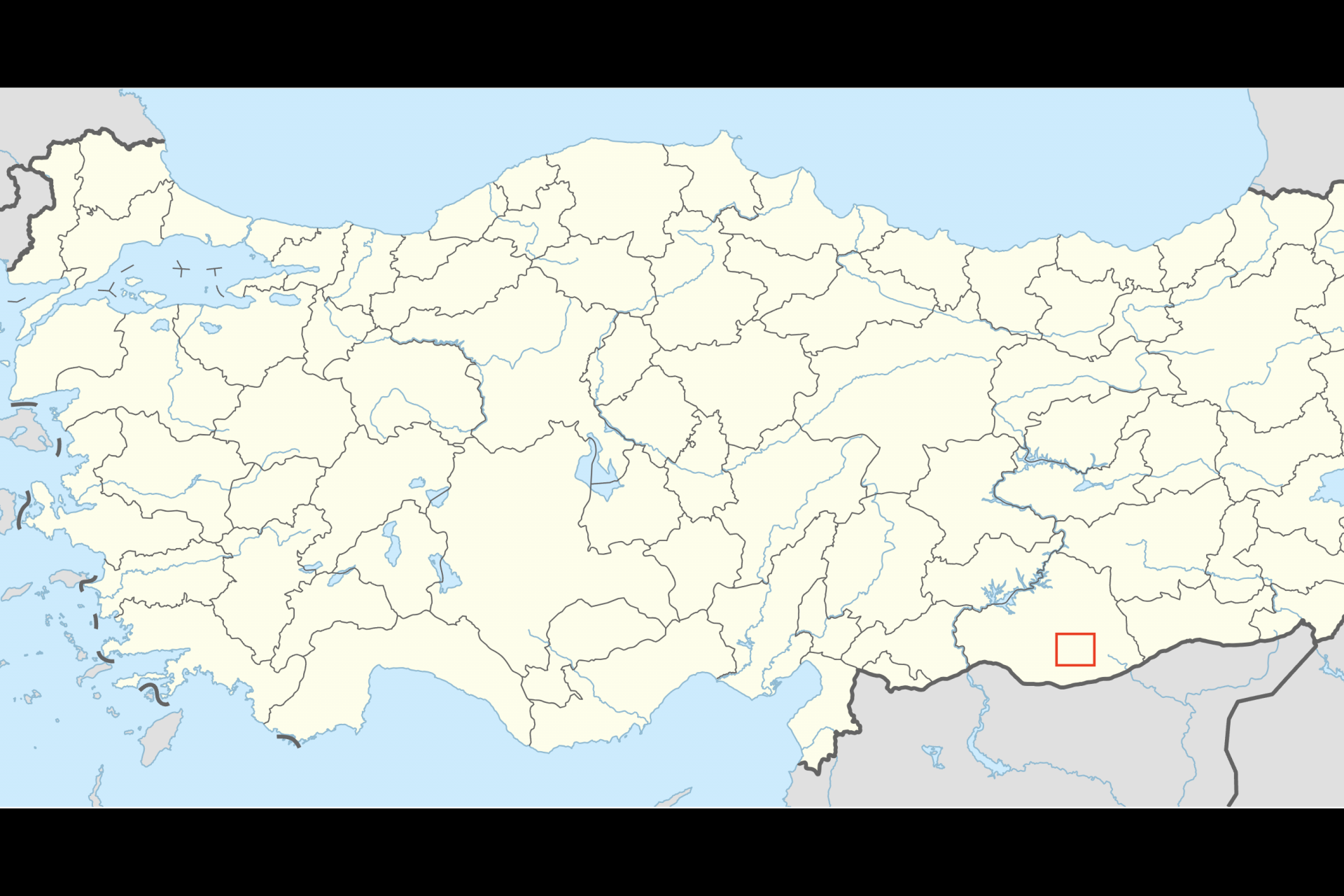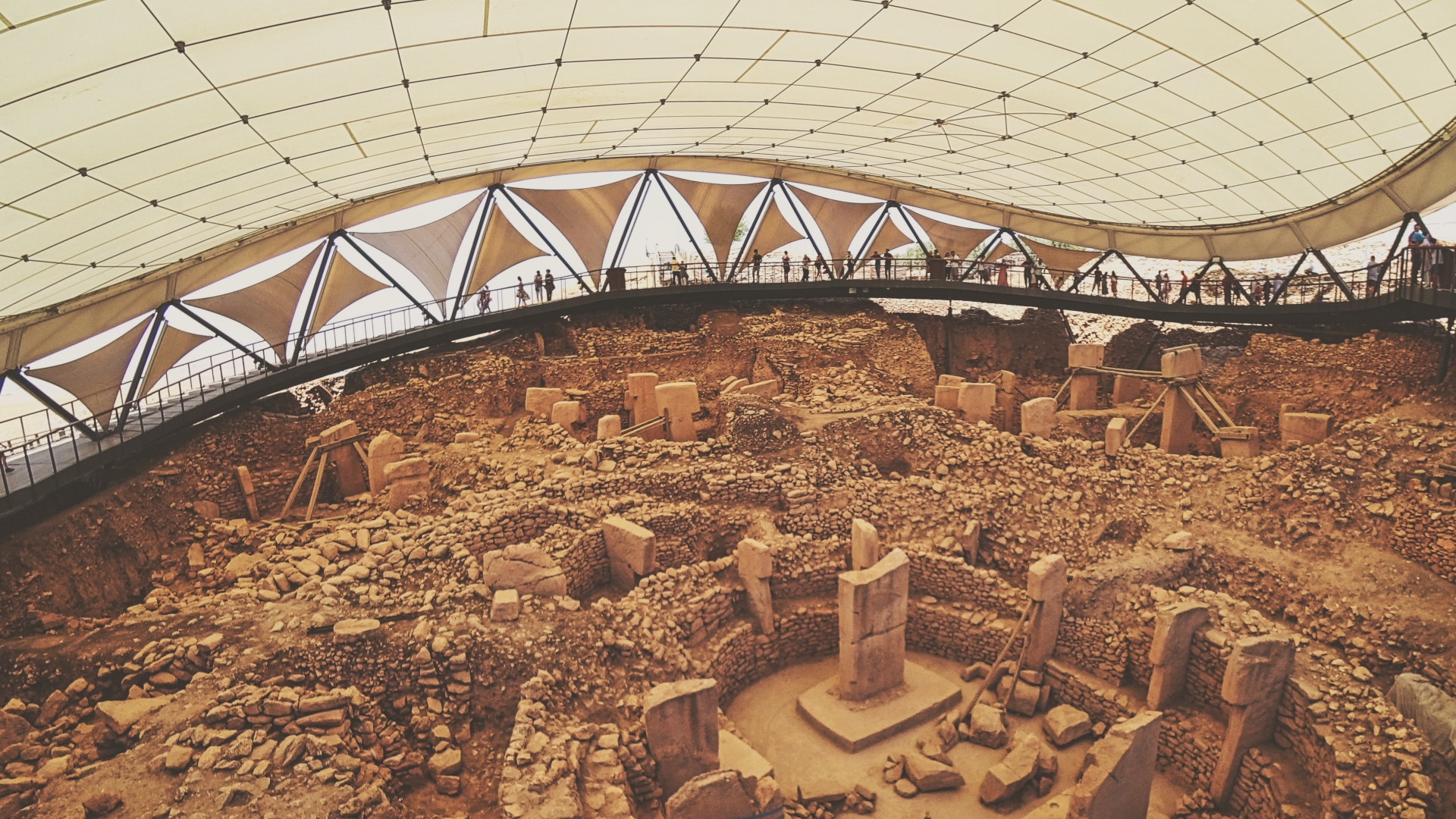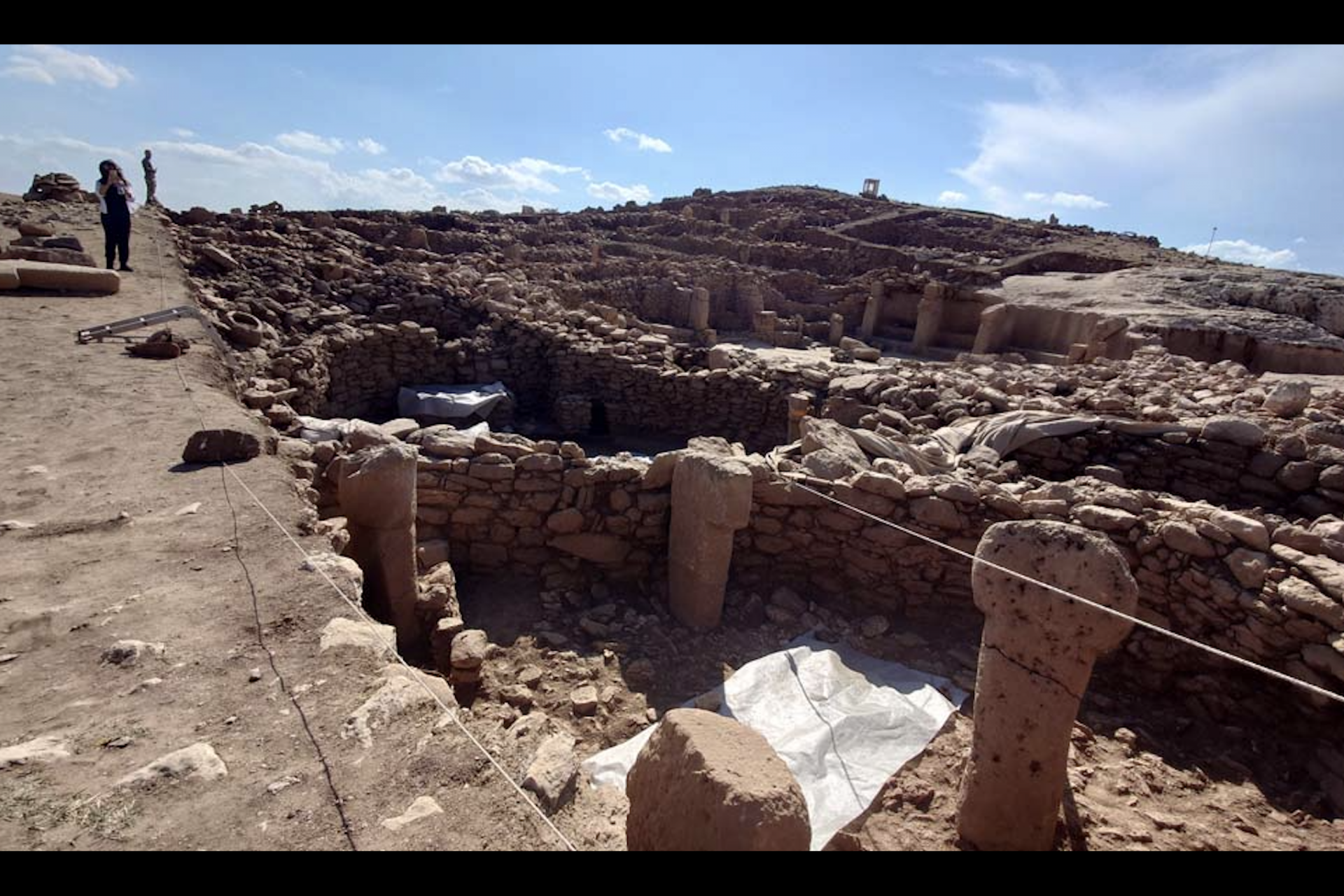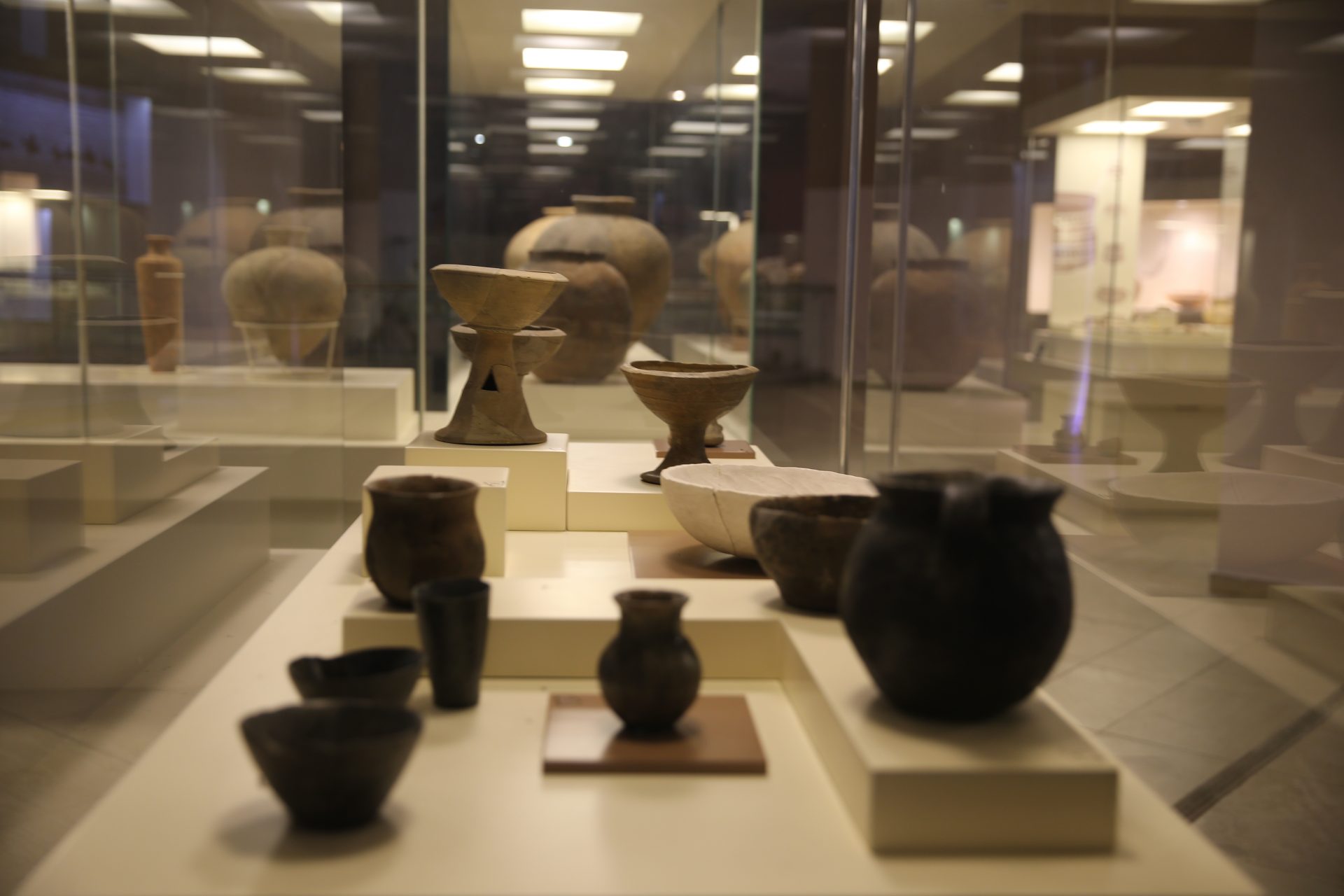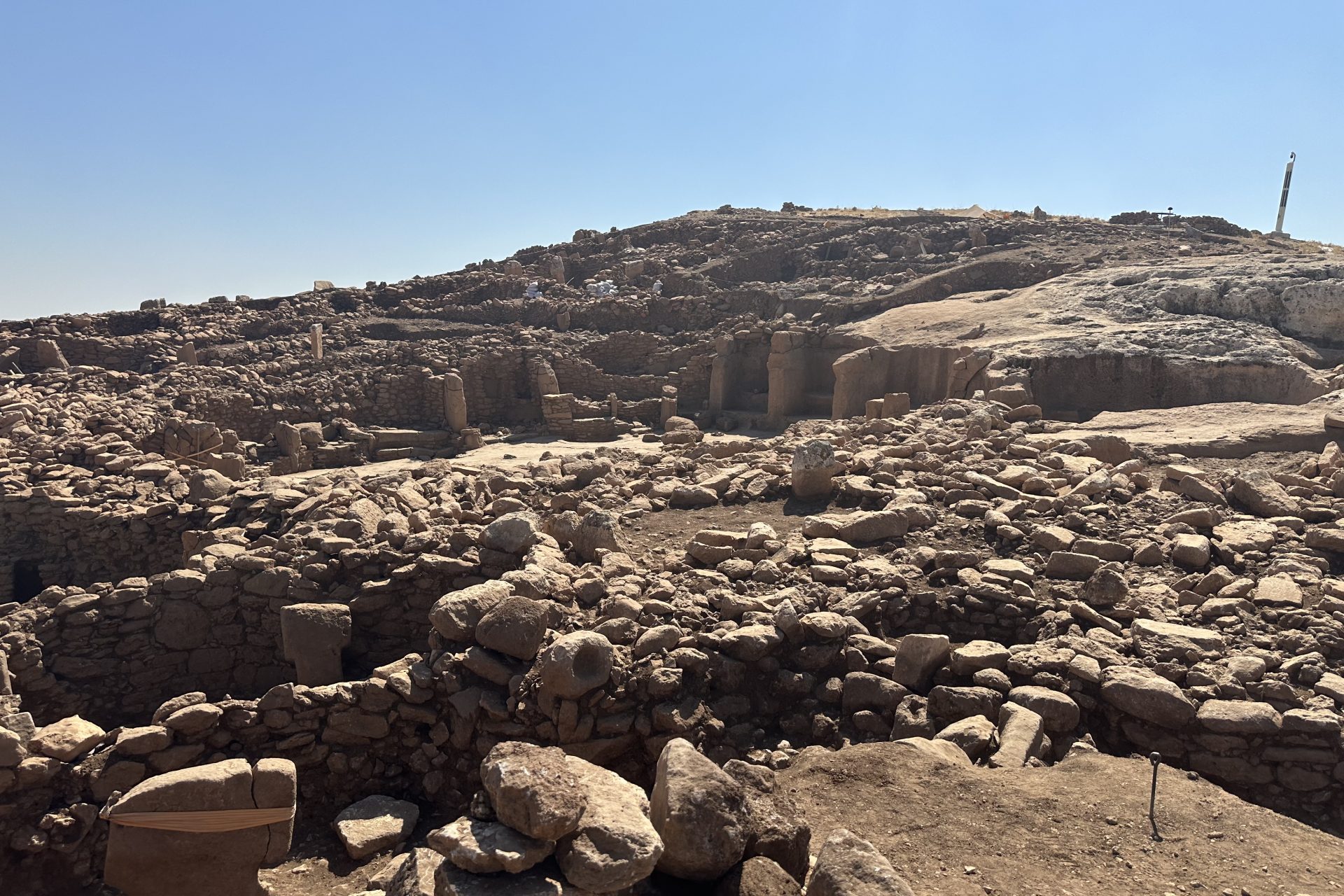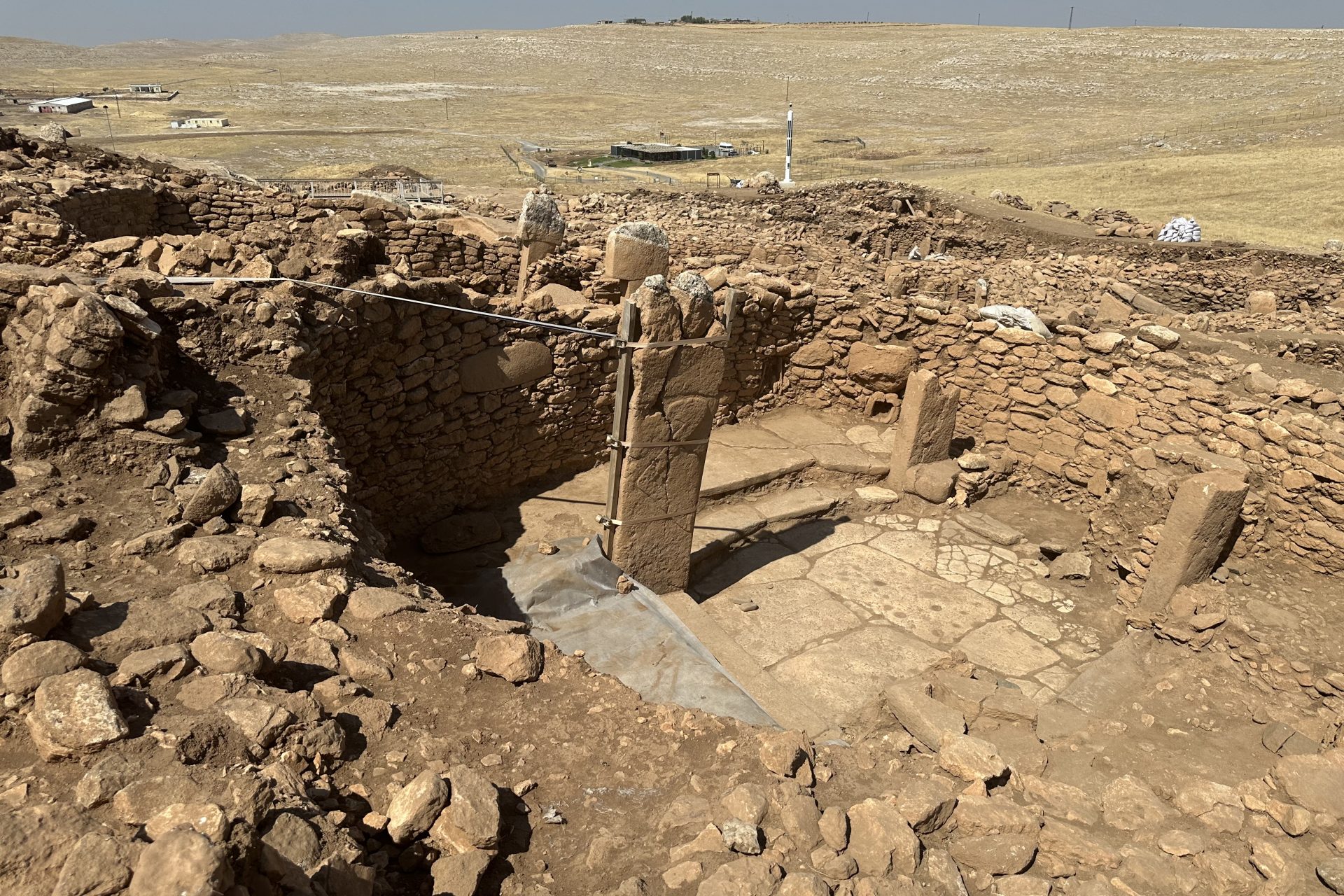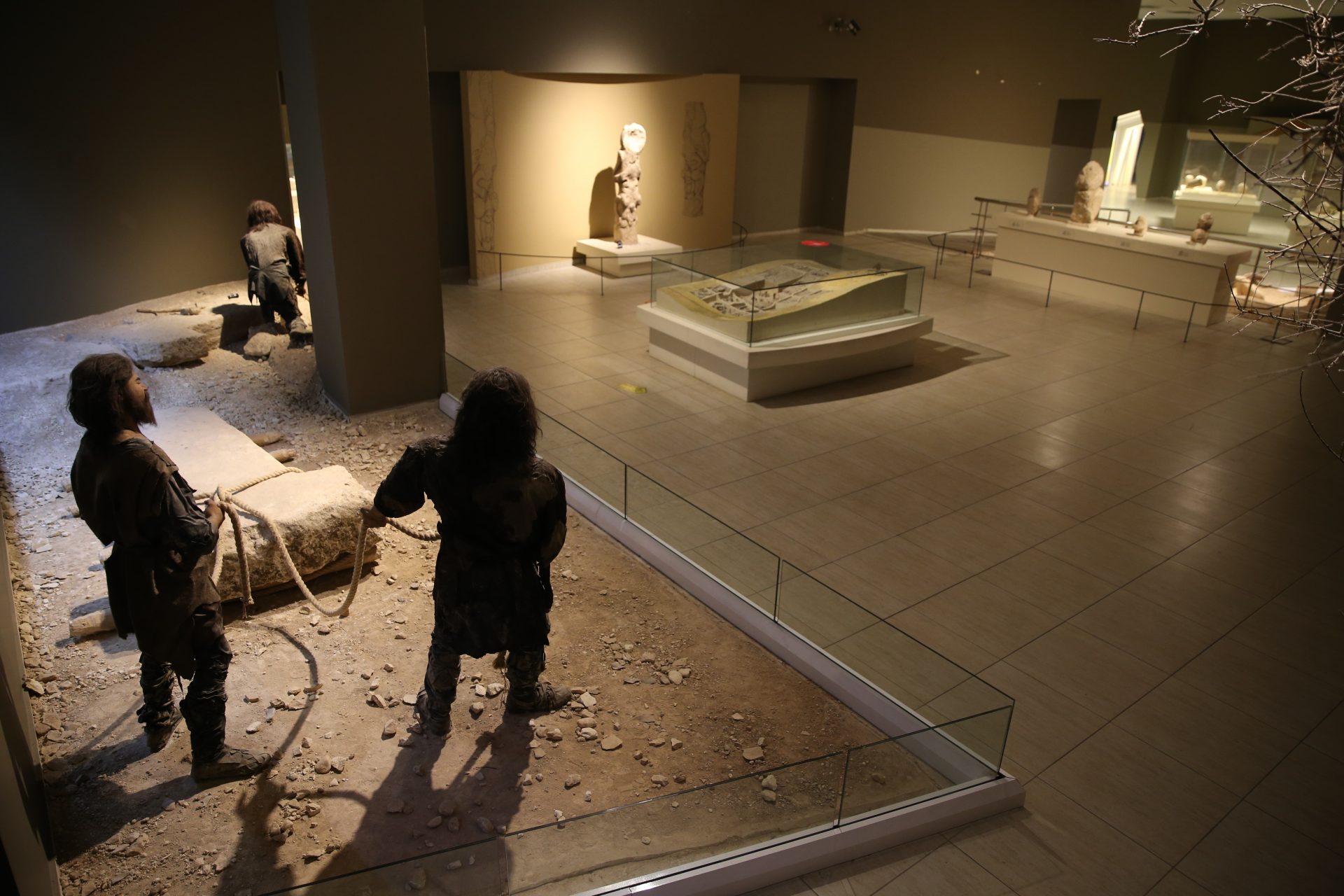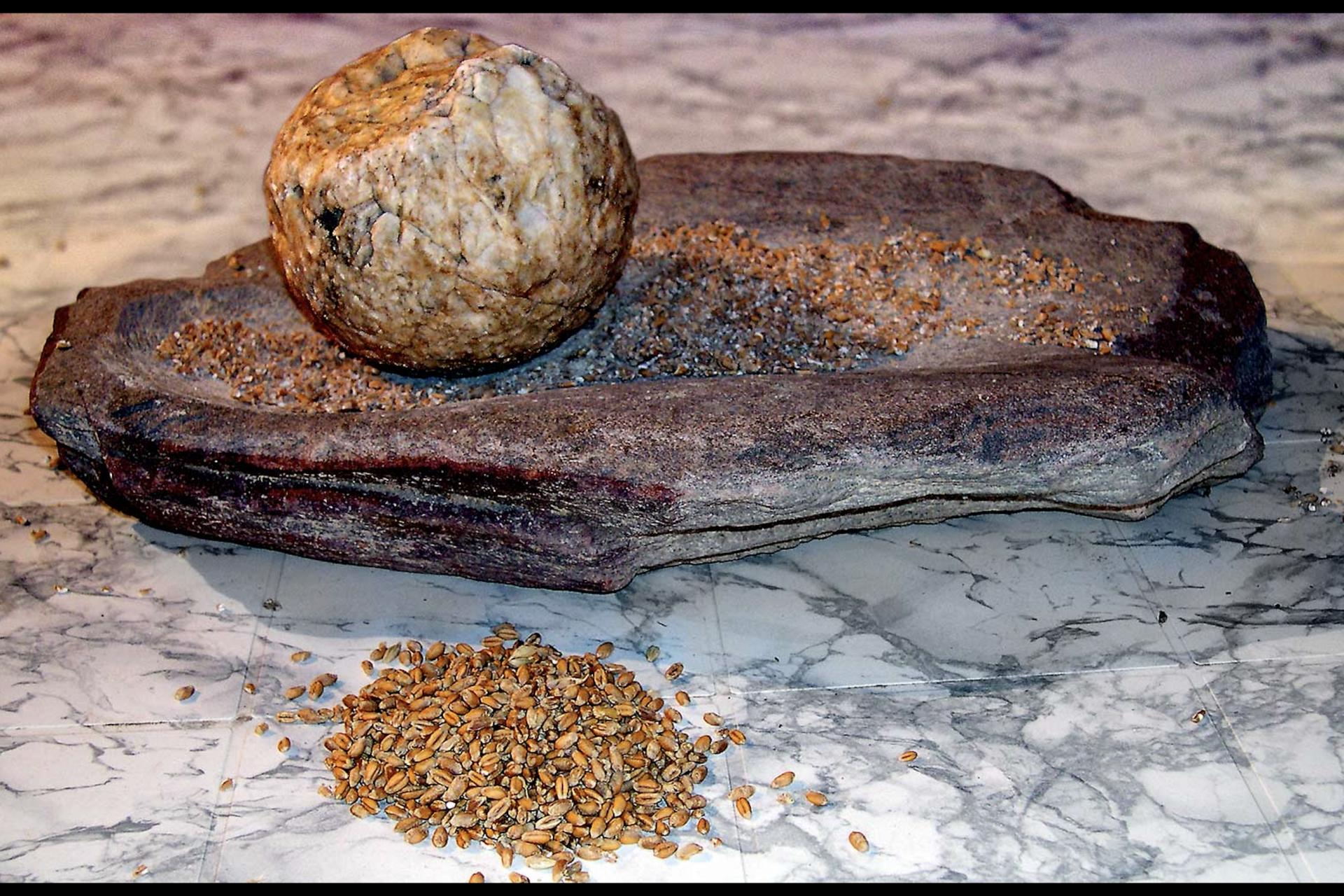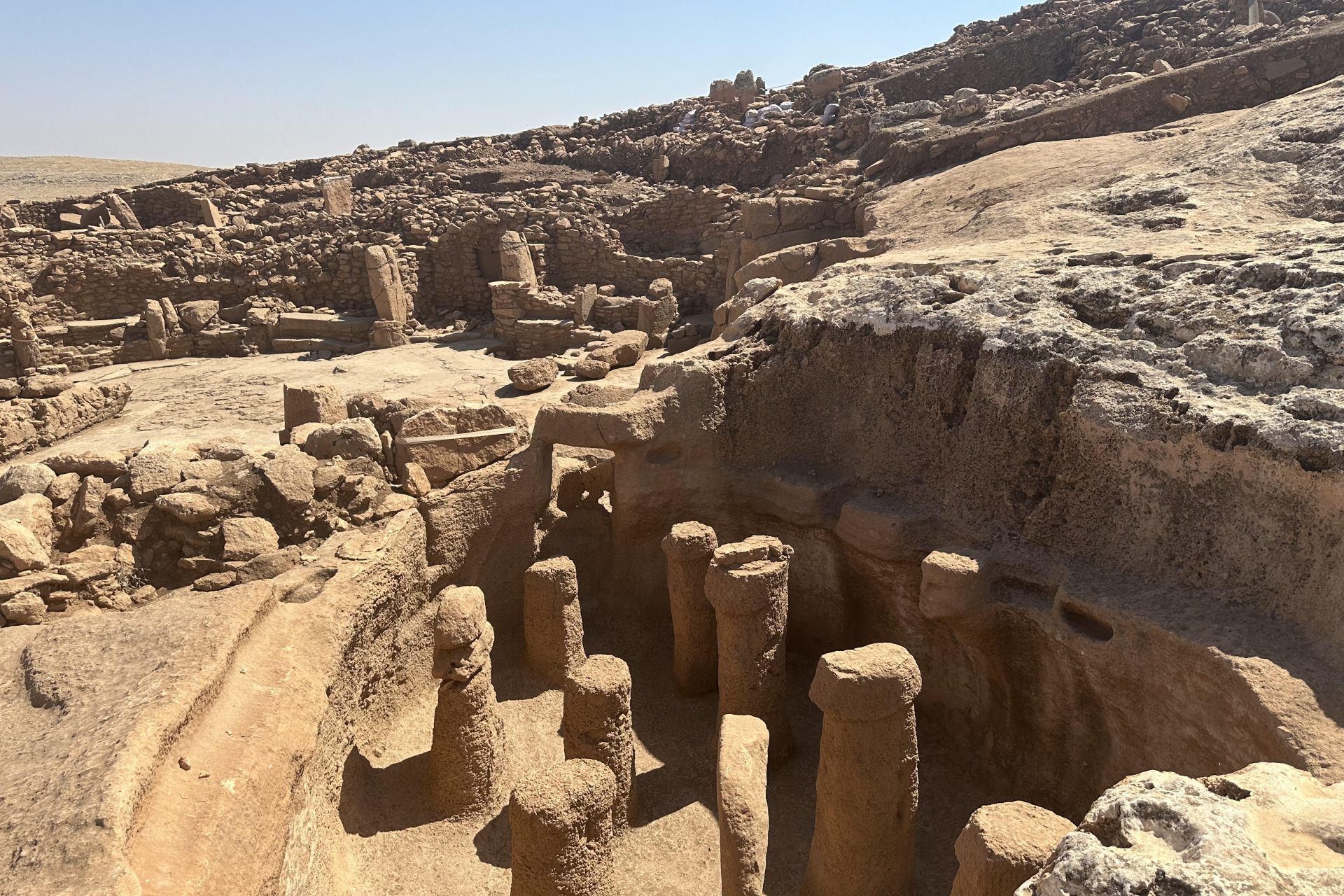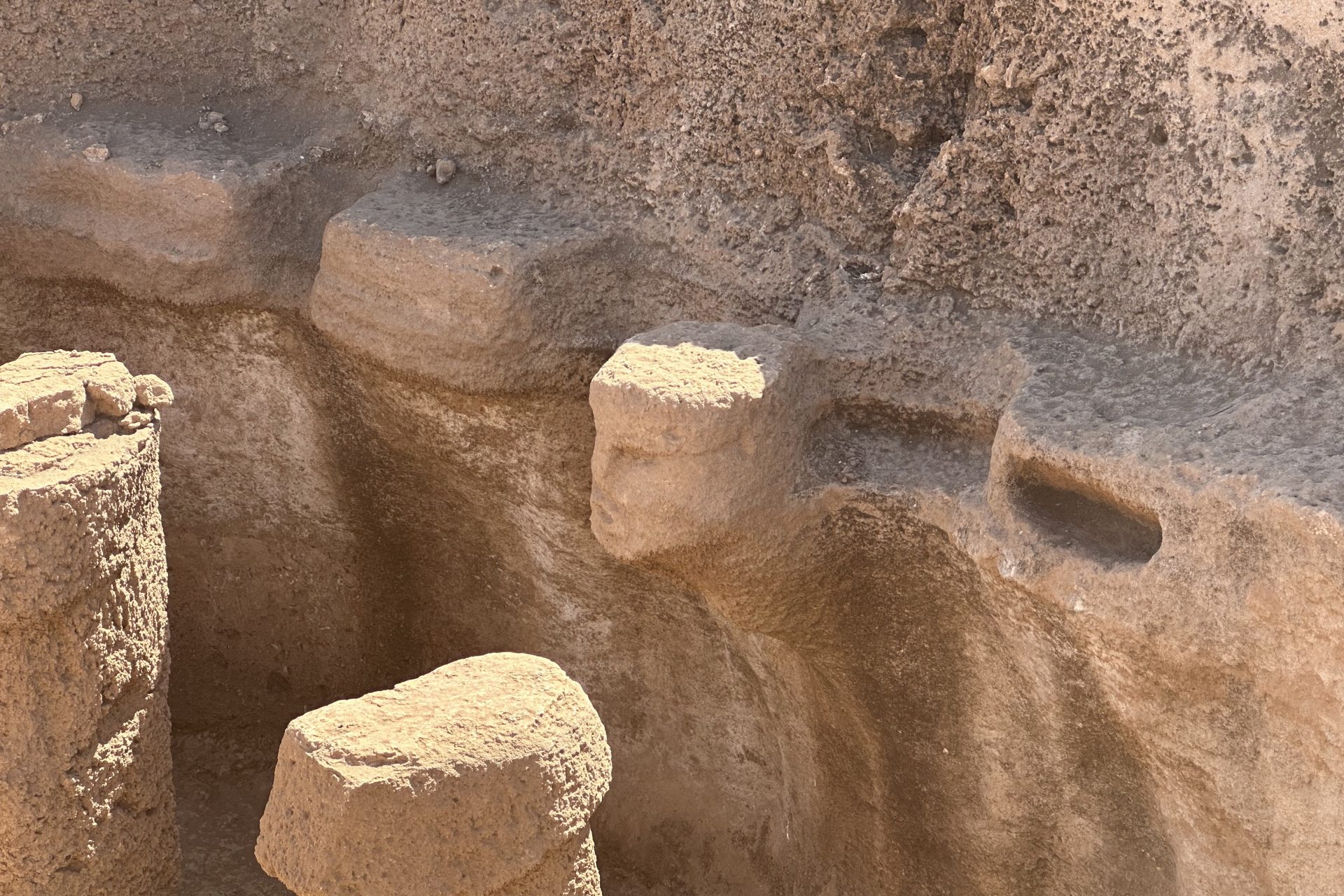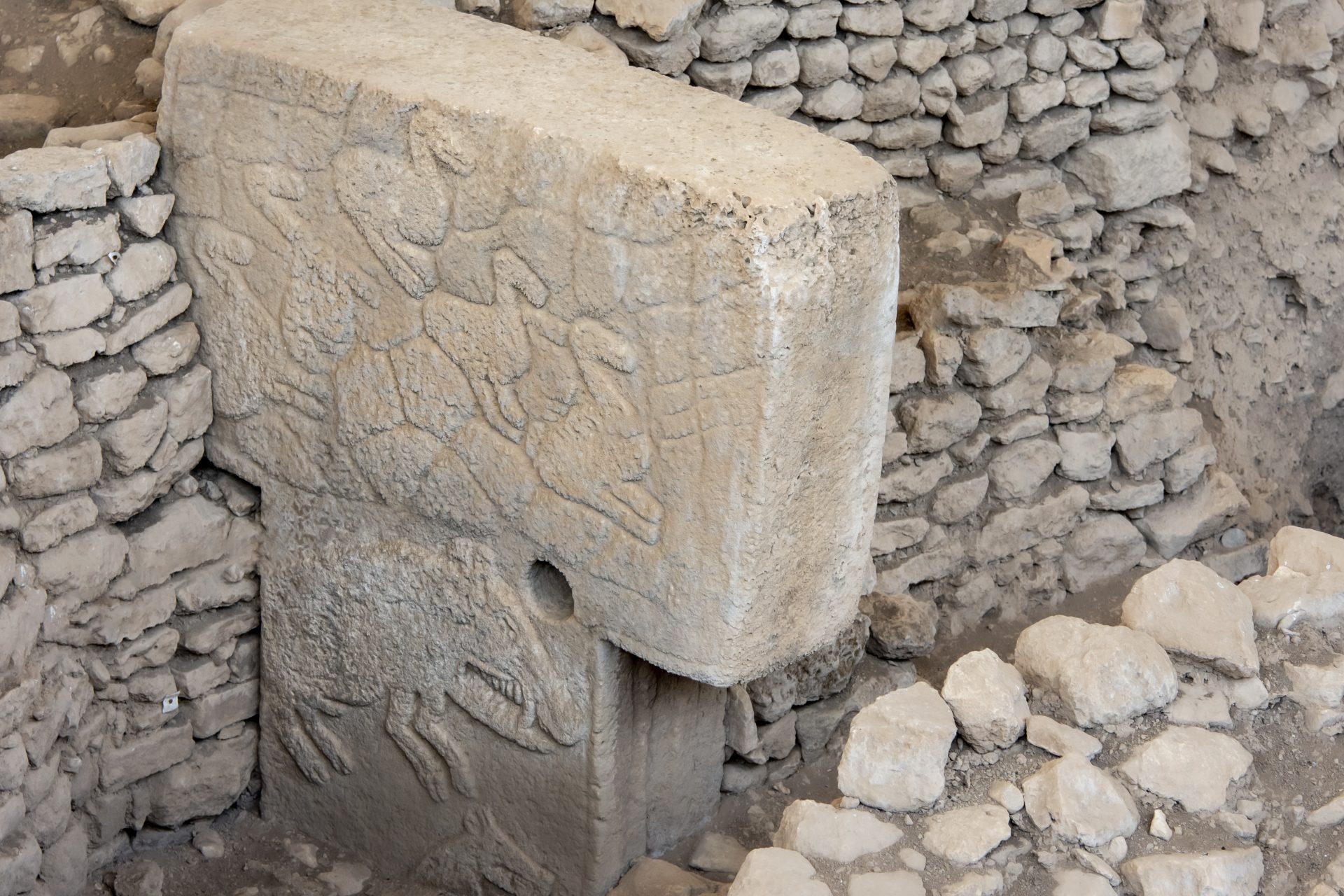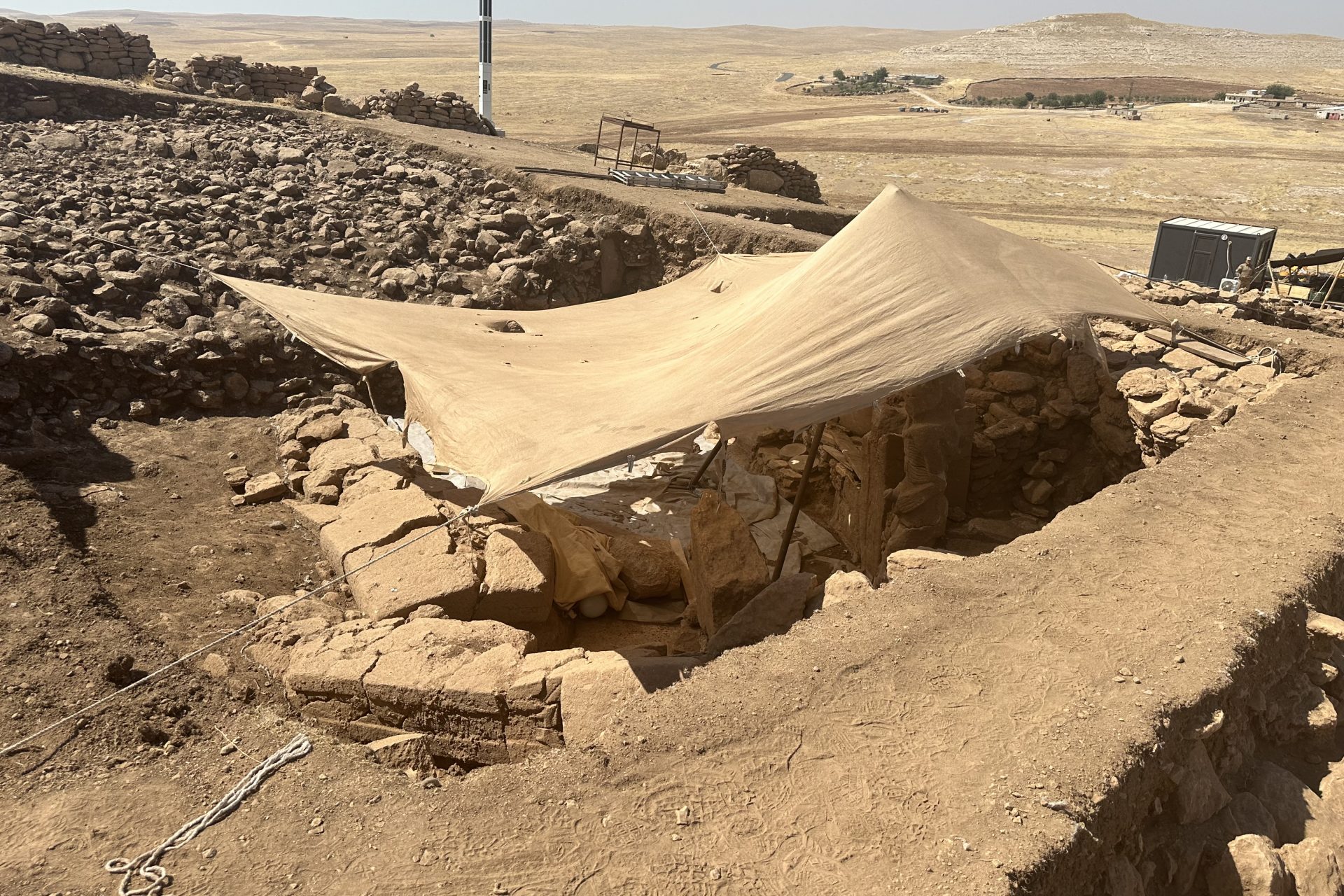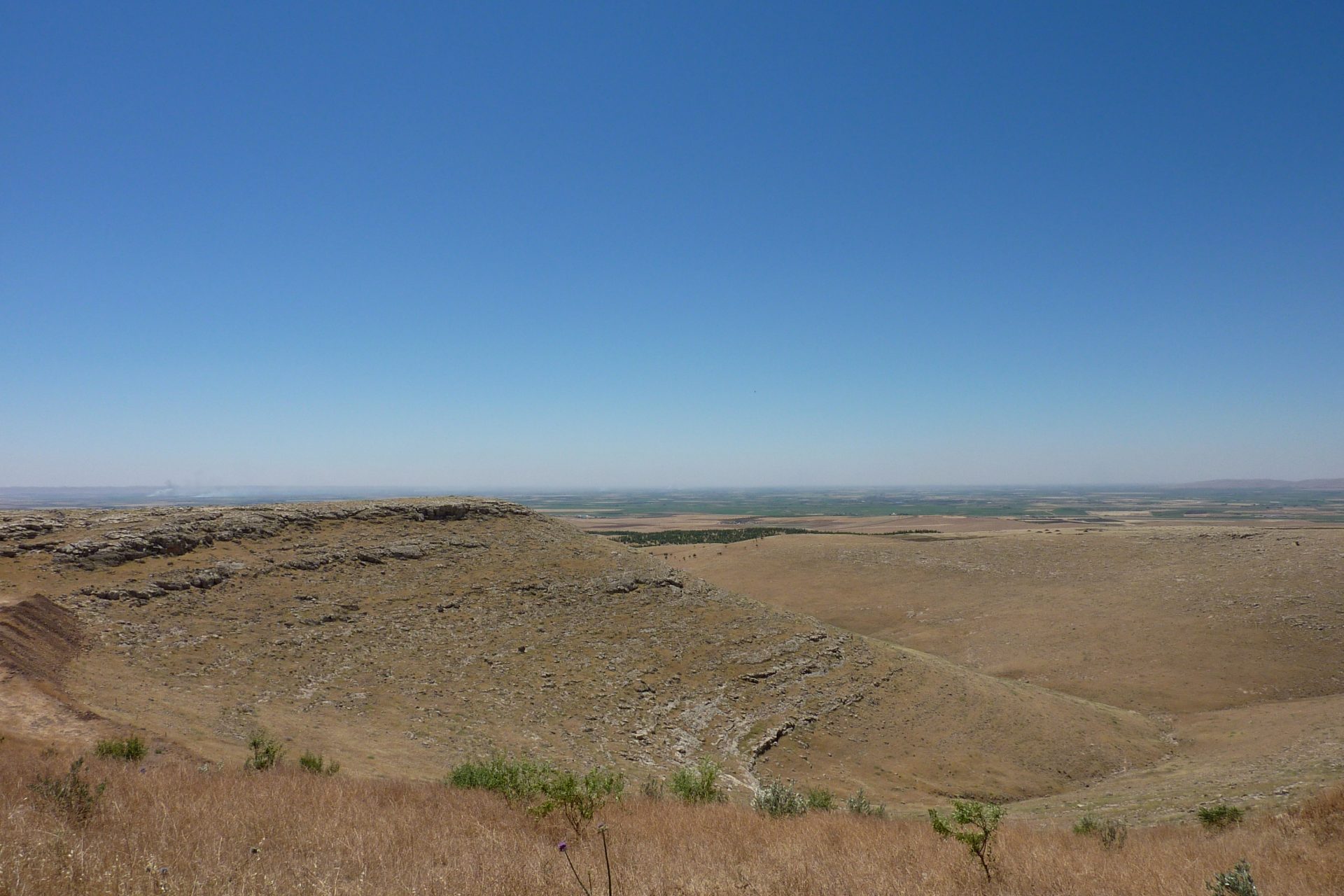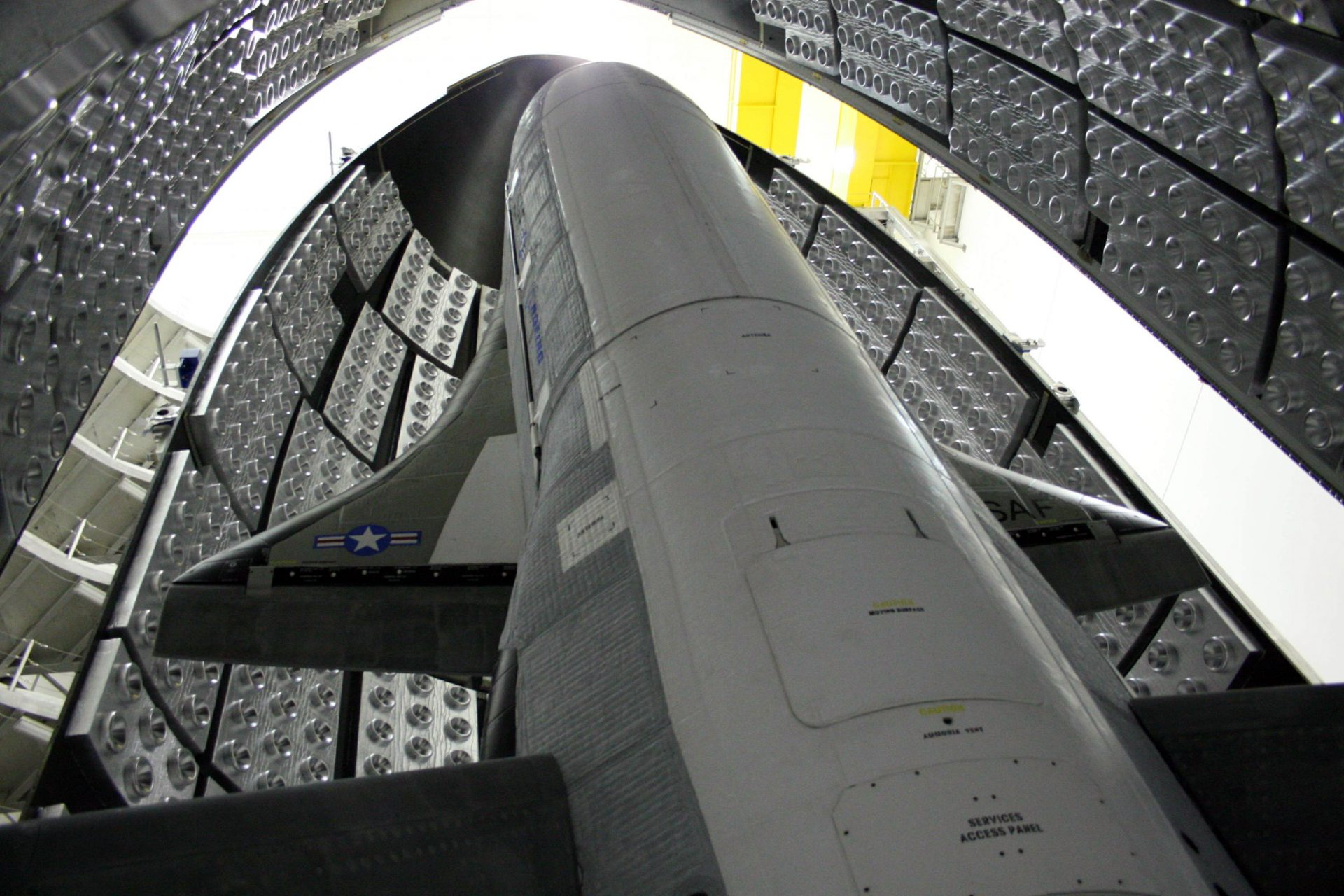Meet Karahan Tepe: the amazing prehistoric human settlement no one has heard about
Karahan Tepe is one of the oldest human settlements ever discovered. It is so old that it was built long before humans knew how to farm and is one of many prehistoric sites discovered alongside Göbekli Tepe in Türkiye that could reveal the secrets surrounding our early ancestors in the region.
Sitting just 27 miles or 45 kilometers away from Göbekli Tepe is the lesser known, but still very interesting, prehistoric settlement of Karahan Tepe. Karahan Tepe was first discovered back in 1997 and is the sister site of Göbekli Tepe according to IFL Science.
Kharan Tepe and Göbekli Tepe are both part of a larger grouping of 12 total sites collectively known as Taş Tepeler. They are located in the southeastern portion of Türkiye and all sites are overseen by the Şanlıurfa Neolithic Research Project (also known as the Taş Tepeler Project).
By Karte: NordNordWest, Lizenz: Creative Commons by-sa-3.0 de, CC BY-SA 3.0 de / Editied by The Daily Digest
Göbekli Tepe is believed to be roughly 12,000 years old and Karahan Tepe falls into that same age range, though findings at the site have suggested that Karahan Tepe contains just as many stunning archaeologically significant finds as its sister site Göbekli Tepe.
Some archeologists have suggested Karahan Tepe may be older than Göbekli Tepe and have dated the site to between 9,000 to 11,000 BC according to Heritage Daily, which added it may be the “oldest known settlement from the Pre-Pottery Neolithic.”
Photo Credit: Wiki Commons By Mahmut Bozarslan (VOA), Public Domain
Heritage Daily noted in an article on the Karahan Tepe that a 2000 survey of the site uncovered a wide variety of items like “arrowheads, scrapers, perforators, blades, and stone tools made from flint, or obsidian.”
Photo Credit: Wiki Commons By Vincent Vega - Own work, CC BY-SA 4.0
"Its ruins span over an area of 325,000 meters squared (3.4 million feet squared), which is around three times smaller than the Göbekli Tepe excavation area," IFL Science noted.
Photo Credit: Wiki Commons By Vincent Vega - Own work, CC BY-SA 4.0
"However, it does feature similar pillar features, special structures, obelisks, and ornate animal sculptures,” IFL Science continued.
Photo Credit: Wiki Commons By Vincent Vega - Own work, CC BY-SA 4.0
The items discovered by researchers led them to conclude that the inhabitants of the prehistoric settlement relied mainly on hunter-gathering or animal husbandry, which is different from what archaeologists would expect.
Most Neolithic settlements relied on agriculture according to Heritage Daily, which is what has made the discovery of settlements like Karahan Tepe and Göbekli Tepe so important for understanding human history.
Photo Credit: Wiki Commons By José-Manuel Benito Álvarez, CC BY-SA 2.5
Later studies of Karahan Tepe revealed that the settlements shared several similarities with Göbekli Tepe’s II Layer. This included 266 pillars containing the T-shaped elements that made Göbekli Tepe and reliefs that depicted a variety of animals.
Photo Credit: Wiki Commons By Vincent Vega - Own work, CC BY-SA 4.0
These pillars depicted everything from snakes, insects, and birds to the heads and legs of rabbits, the hind legs of gazelles, and the hind legs of an identified animal. However, the latest discoveries at Karahan Tepe are some of the most groundbreaking.
Photo Credit: Wiki Commons By Vincent Vega - Own work, CC BY-SA 4.0
“In a recent press statement by Mehmet Ersoy, Minister of Culture and Tourism of The Republic of Türkiye, archaeologists have discovered a depiction of a wild donkey on the floor of an ancient dwelling at Karahan Tepe,” Heritage Daily’s Mark Milligan reported.
The discovery of a wild donkey picture may seem rather mundane but the donkey was not domesticated by humans until roughly 5000 to 7000 years ago but its depiction on a pillar in Kharan Tepe helps humanity better understand its prehistoric past.
Photo Credit: Wiki Commons By Vincent Vega - Own work, CC BY-SA 4.0
“Karahan Tepe sheds light on the depths of history as one of the most important settlements of the Neolithic Age, and that the Taş Tepeler project continues to shed light on world history,” Minister Ersoy said in a statement quoted by Heritage Daily.
You may have one burning question after reading about this amazing archeological site: what exactly is a tepe? Well, we can answer that for you. According to IFL Science, the word tepe is Turkish for hill or summit.
Never miss a story! Click here to follow The Daily Digest.
Photo Credit: Wiki Commons By Zhengan, Own work, CC BY-SA 4.0
More for you
Top Stories



